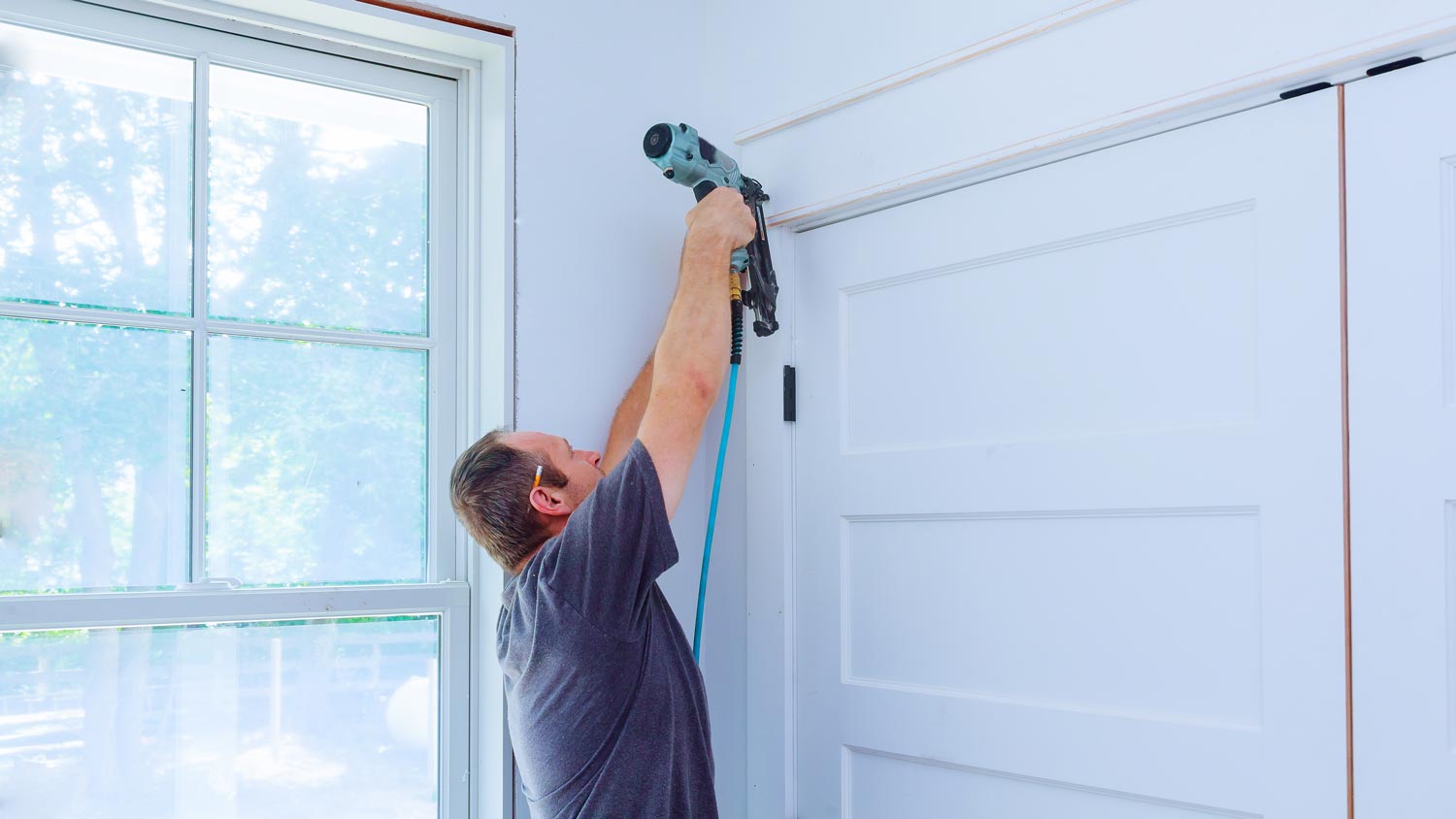
Discover the cost of widening a doorway, including average prices, key cost factors, and tips to help you budget for your project.
This easy task shouldn’t measure your patience
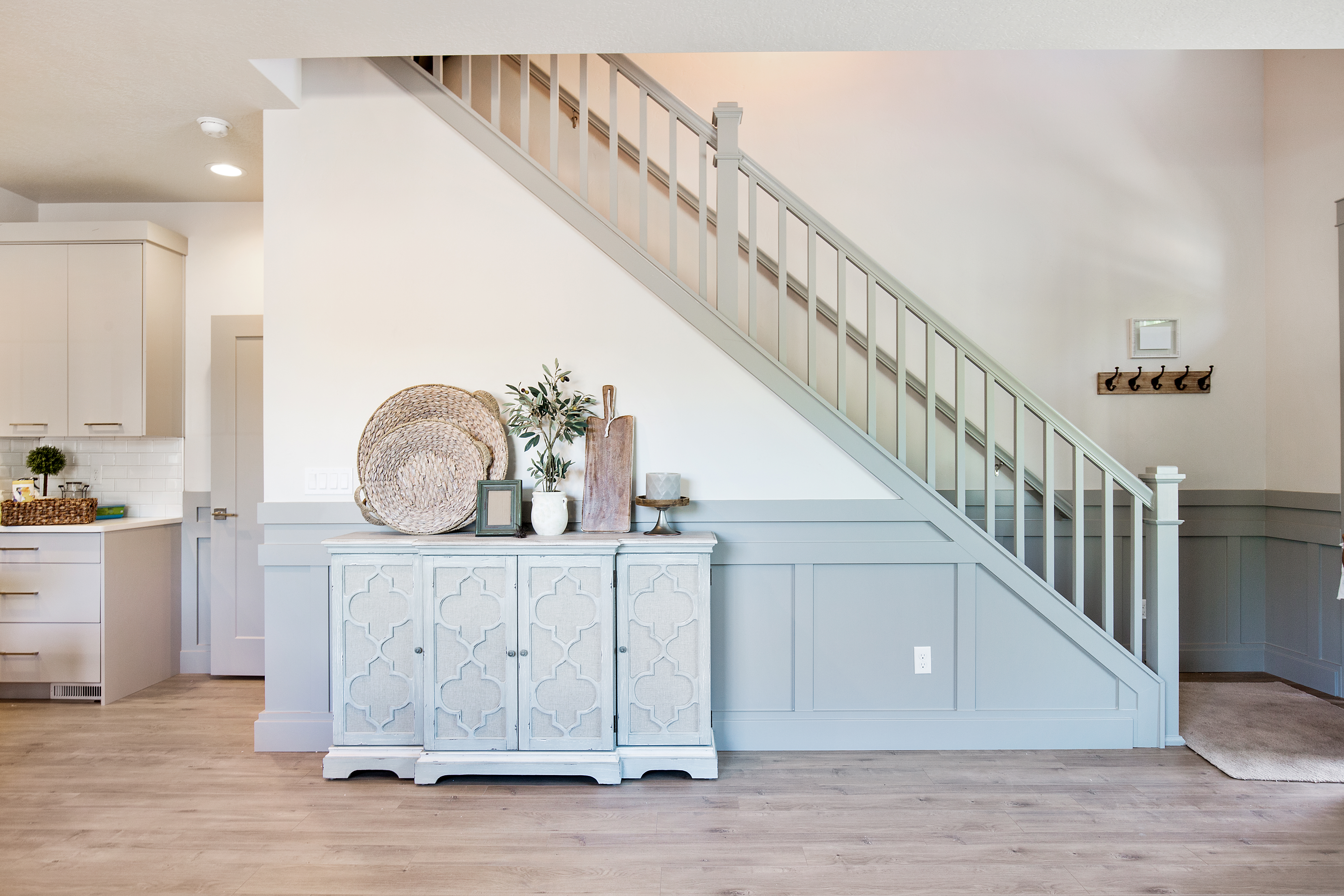

Measuring your stairs’ railing height sounds easy enough, but you may need to take more steps than you think. Everything should be checked twice and measured at multiple points, so while it isn’t a difficult job, it can take a bit of focus. This guide will walk you through how to collect all the necessary measurements (and some tips to help save time).
Carpet or wood—doesn’t matter. You need to clean your stairs. This is often overlooked, but the last thing you want to deal with is injury or improper measurements, so make sure your workspace is clean and free of any obstructions.

Use a laser level to check your stairs and existing railing (if you have one). This is a good time to check up on your stairwell, making sure there are no sagging stairs or water damage that causes warping in the wood. If you have a railing, check the level to make sure it’s consistent. In most homes, this will be a stable 30-degree to 45-degree angle the whole way up.
This is a great way to limit frustration. Instead of trying to latch your measuring tape against the lip of the bottom stair, just tape it in place. Walk up the stairs with your measuring tape and write down the measurement. Repeat the process, going back down for your secondary measurement.
When measuring the length of the stairwell, you’ll be measuring what’s called the nosing line. This is a measurement done from the lip of the top step to the floor below the bottom step. Consider laying a length of tape along this entire measurement—it’ll make measuring from any point on the nosing line much easier.

From any point of the nosing line, measure from that point upwards. There are guidelines for how high your railing should be, with most residential railings falling between 34 inches and 38 inches high. Remember that you need to measure to the top surface of your handrail, not the bottom.
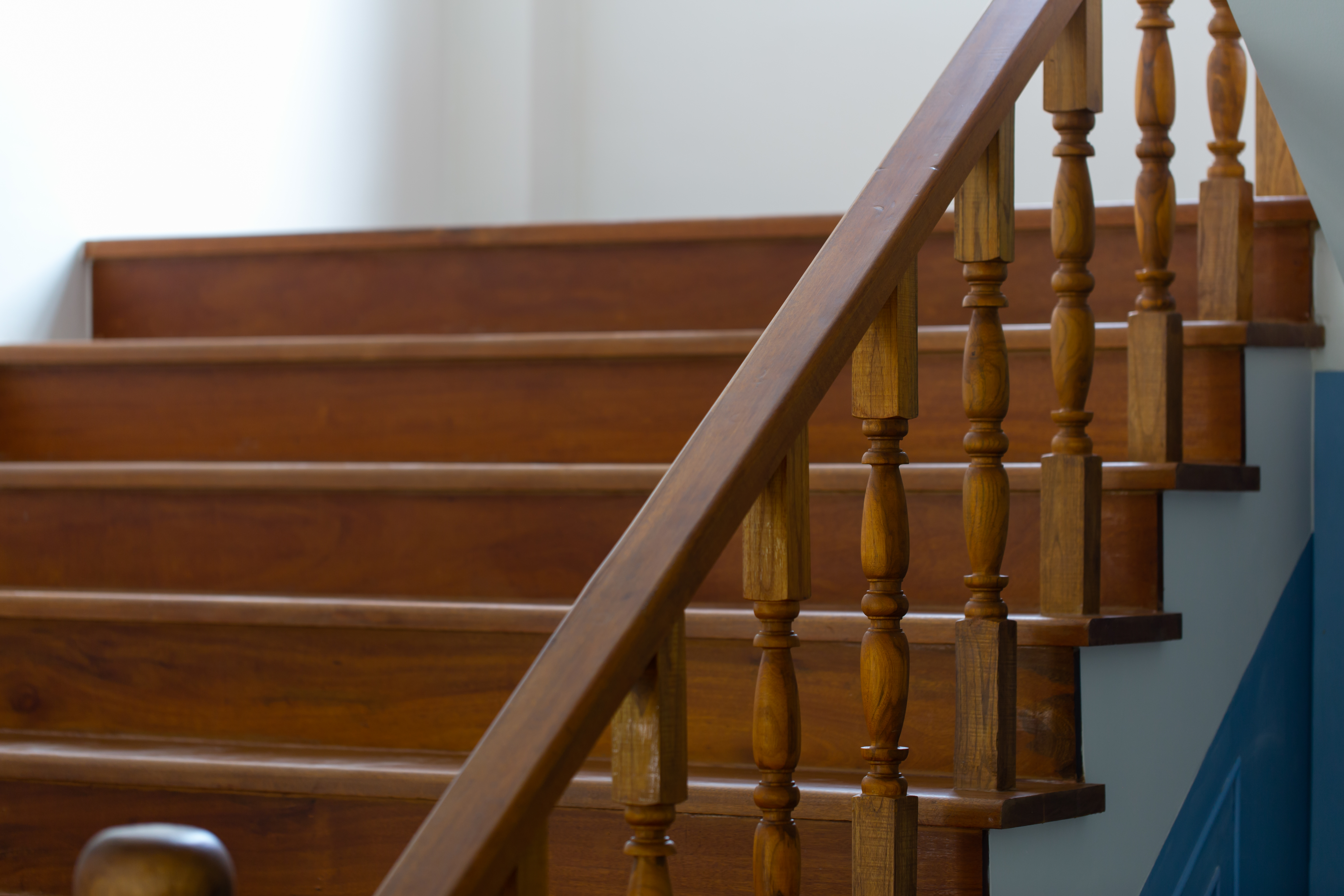
Your railing length is always going to be at least as long as your nosing. Many homeowners extend the railing slightly beyond this line to allow you to raise yourself above the last step or lower yourself further when descending. Note that while commercial spaces require a horizontal extension for safety and compliance, this isn’t a requirement in residential spaces.
Your railing length is always going to be at least as long as your nosing. Many homeowners extend the railing slightly beyond this line to allow you to raise yourself above the last step or lower yourself further when descending. Note that while commercial spaces require a horizontal extension for safety and compliance, this isn’t a requirement in residential spaces.
Houses shift over time, and things can change—even stairs. Measuring multiple times and measuring correctly are a necessity. Avoid the following mistakes when measuring:
Not double-checking measurements: Everything should be checked twice. Mistakes happen.
Not checking levels: Every surface needs to be checked with a laser level (or bubble level) to ensure consistency.
Ignoring building and safety codes: You need to check and make sure your railing is compliant.
Measuring from one point: You need to collect measurements from at least 3 spots along the stairwell.
Most DIYers can measure the railing height on their stairs without the help of a pro. It’s a simple and low-cost project. However, you should hire a local stair pro to repair, replace, or install a handrail. If you’re doing any of these tasks, a pro would come and take accurate measurements for you, saving you the trouble of DIY measuring.
From average costs to expert advice, get all the answers you need to get your job done.

Discover the cost of widening a doorway, including average prices, key cost factors, and tips to help you budget for your project.

Installing trim can give your home a finished, polished appearance. Learn how much it costs to install trim and what factors affect how much you’ll pay.
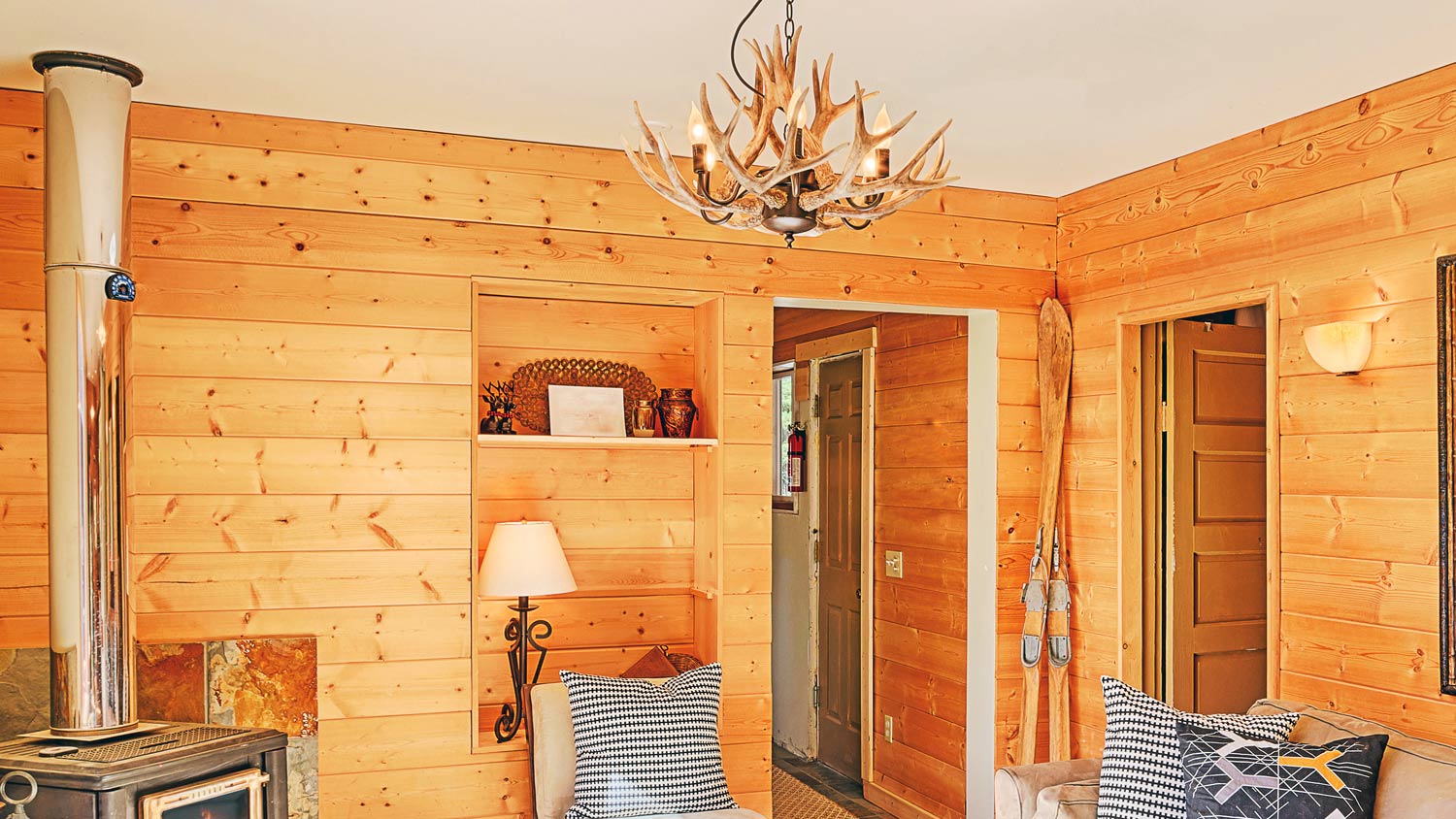
Get the facts on the cost to remove wood paneling, including average prices, key factors, and tips to help you budget your project with confidence.
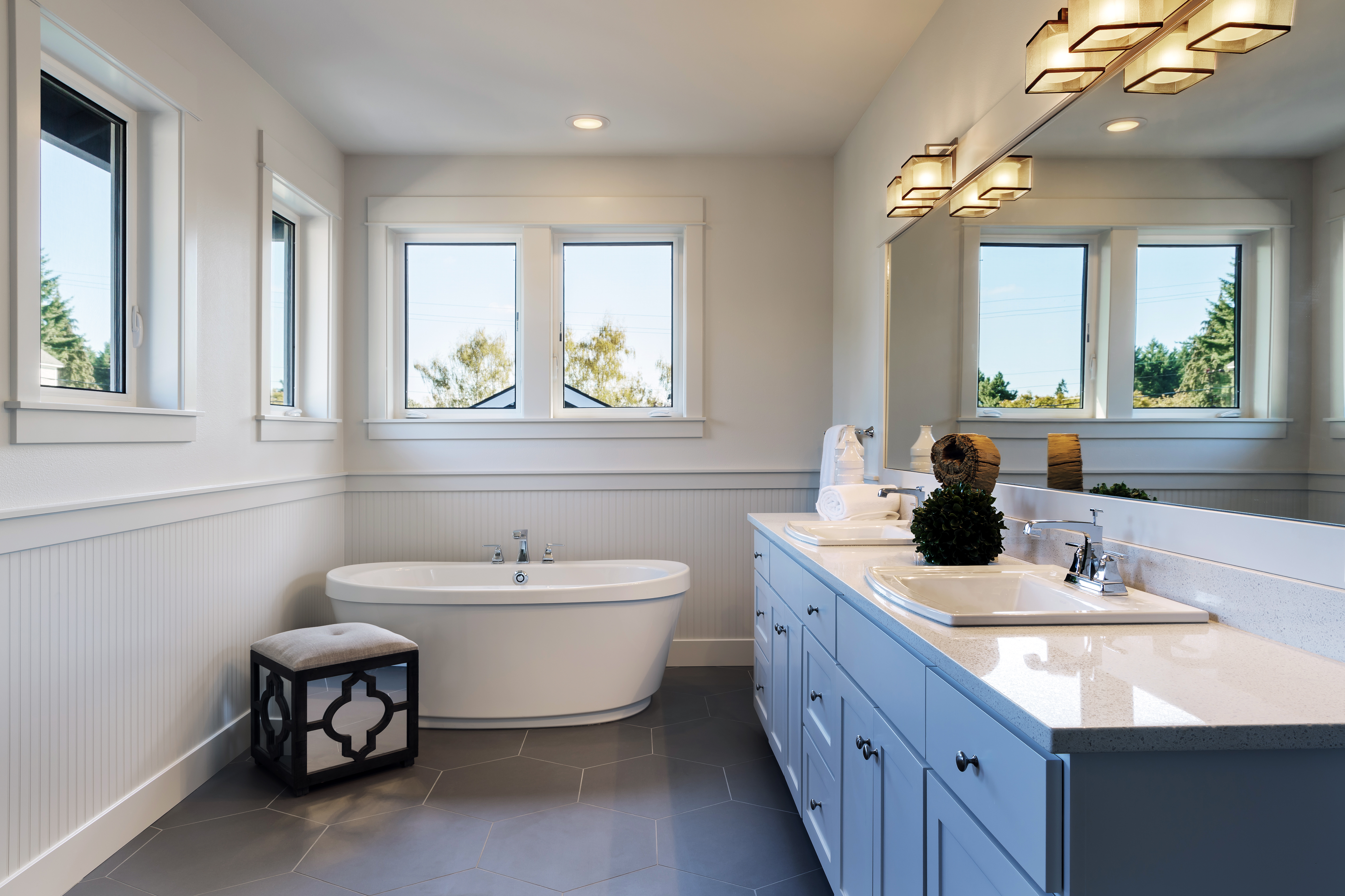
Moisture-resistant materials are a must in a bathroom. Learn which materials are the best baseboards for bathrooms to fight water damage.
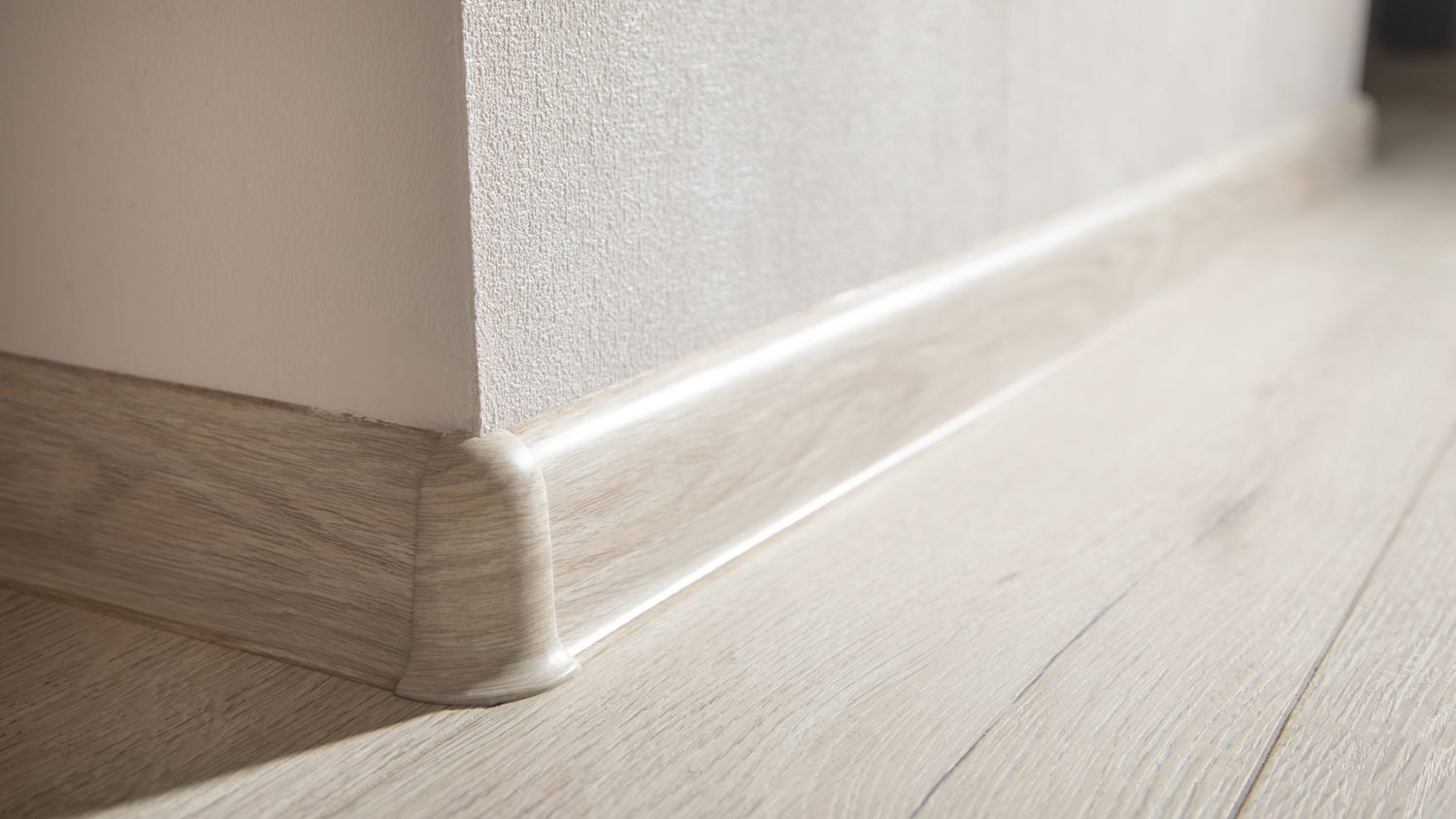
Installing vinyl baseboards can be a great DIY project for those who like to tackle smaller projects. Learn what steps to take to ensure a proper installation that looks amazing.

Learn how to choose crown molding that complements your home's style, fits your budget, and adds value with these expert tips for selecting the perfect trim.